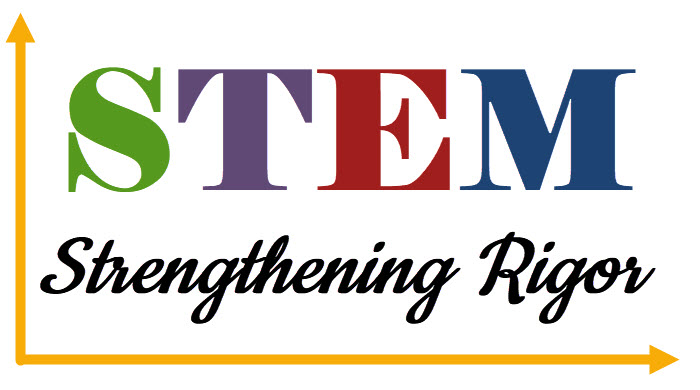
Merriam Webster has many definitions for rigor. Among the most relevant are:
1: a (2) : the quality of being unyielding or inflexible b : an act or instance of strictness, severity, or cruelty 3: a condition that makes life difficult, challenging, or uncomfortable
Achieving this definition in the classroom then consists of three basic parts- the content, the instruction, and the achievement. Most teachers have little to no control over the curriculum, but we try to make each standard as engaging as possible through instruction. The high-quality instruction that students participate in helps them to take charge of their learning through collaboration and reflection. When these basic parts intersect, students excel.
Now that we’ve defined rigor, it is probably becoming clearer how rigor looks in the classroom. Before we talk about what rigor looks like, we should talk about what it isn’t. Rigor is not:
- more homework
- “doing” more
- only for accelerated students
- something else on top of everything else
So how does rigor look in the classroom? Rigor is:

By establishing and strengthening rigor in the classroom, students will become stronger and more critical thinkers and will become better collaborators and learners.
Read more about rigor in the classroom: 6 Ways to Strengthen Rigor in Your STEM Classroom
Subscribe to Stay Connected!
-
Best Picture Books for Teaching STEM- Bundle Pack
$23.95 -
STEM Formative Assessments- Bundle Pack
$16.95 -
Brown Bag STEM Challenge II – Bundle Pack
$23.95 -
STEM Essentials- Bundle Pack
$16.95








